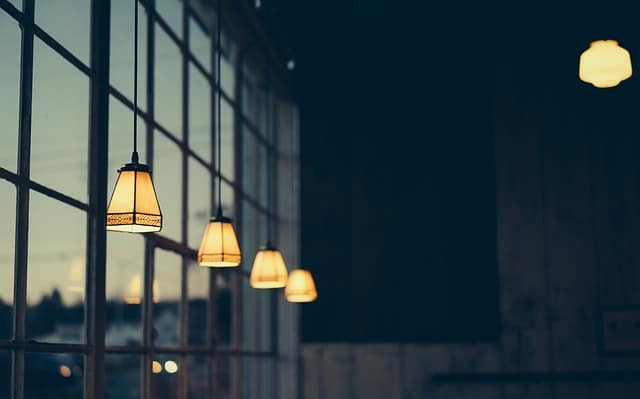
It might not be the first thing that comes to mind when you think about home design, but lighting plays a big role in how a room looks and feels like. Not only does it change the mood of a room, it also the potential to make a space seem bigger than it actually is.
Let’s shed a light on the many ways good lighting can transform your home.
1. There’s no one-size-fits all approach
While it might be really convenient to use the same fixtures across the entire house and call it a day, it’s important to customize your lighting based on what room it will be placed in.
For example, a study should have lighting fixtures that are more functional in nature, but common living areas can have lower-voltage lights that make for a cozy atmosphere. Try to think of what kind of light a certain room needs, and design your fixtures accordingly.
Be careful about unnecessary fittings though. Don’t fill up your house with lights just because, as this might produce more clutter or even make the room unusable.
2. There are energy-efficient options available
When it comes to using artificial light, it’s possible to go the green route as well. While it’s a more expensive option, using Light Emitting Diode (LED) lighting is generally more energy-efficient than the usual fluorescent fixtures.
Low voltage light was the usual go-to for the household, but now LED is a great alternative as well. It is a direct light source so its output and Color Rendering Index (CRI) makes it a great fitting to incorporate in your home.
It also requires very little maintenance, so it can drastically reduce your home’s running costs. On top of that, it’s cool to the touch, if that’s important to you.
3. Being able to control lighting is important
You might have the most elegant fittings and an impressive lighting system, but everything would fall flat if you don’t have an efficient system in place to control it.
It’s your home, after all. You should have as much control over your fixtures, furniture, and belongings as possible. Your lighting system should have flexibility, meaning you have options to dim or turn off lights in a convenient and efficient manner.
If you’re working with a lighting designer, talk about how you can install a house-wide control system that would let you live more efficiently, conveniently, and economically.
You should also consider investing in surge protection. Power surges and interruptions can take a toll on light fixtures, so it’s better to have some preventative measures in place.
4. Natural light is key as well
Don’t underestimate the power of natural light. Of course, you wouldn’t need to use artificial lighting in your home the whole day, so having a constant source of natural light would be great for uplifting the mood in your home.
While there have been significant improvements in artificial light over the years, you can’t deny how natural light shows off color so much better. Because it bounces off reflective surfaces, consider investing in skylights, glass, large windows, and sheer curtains.